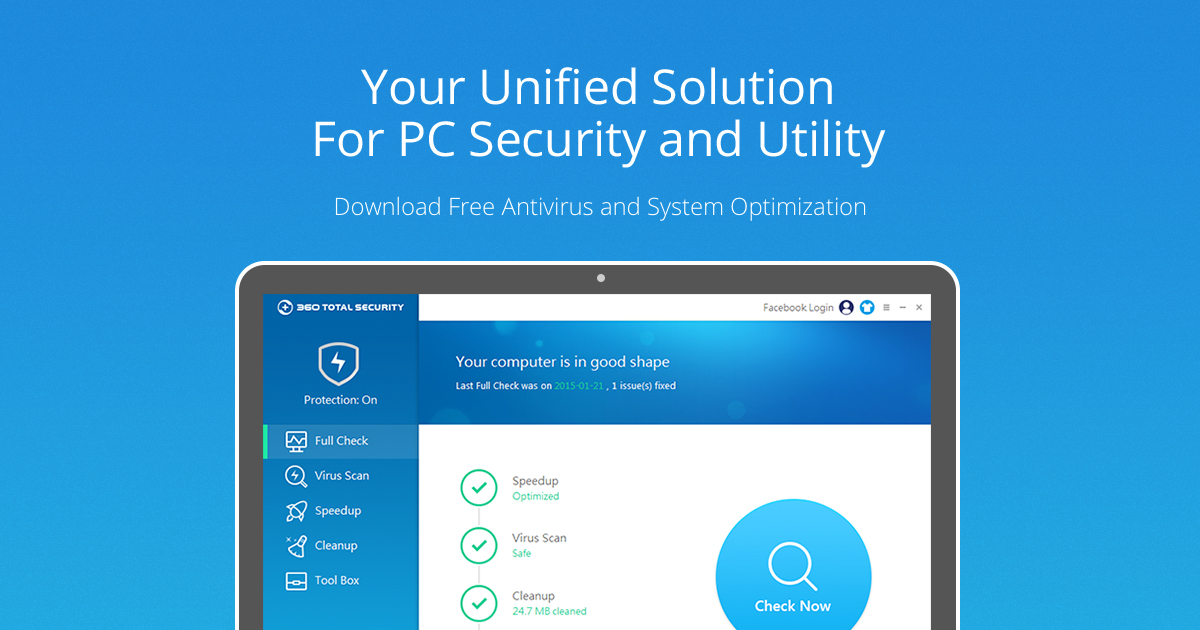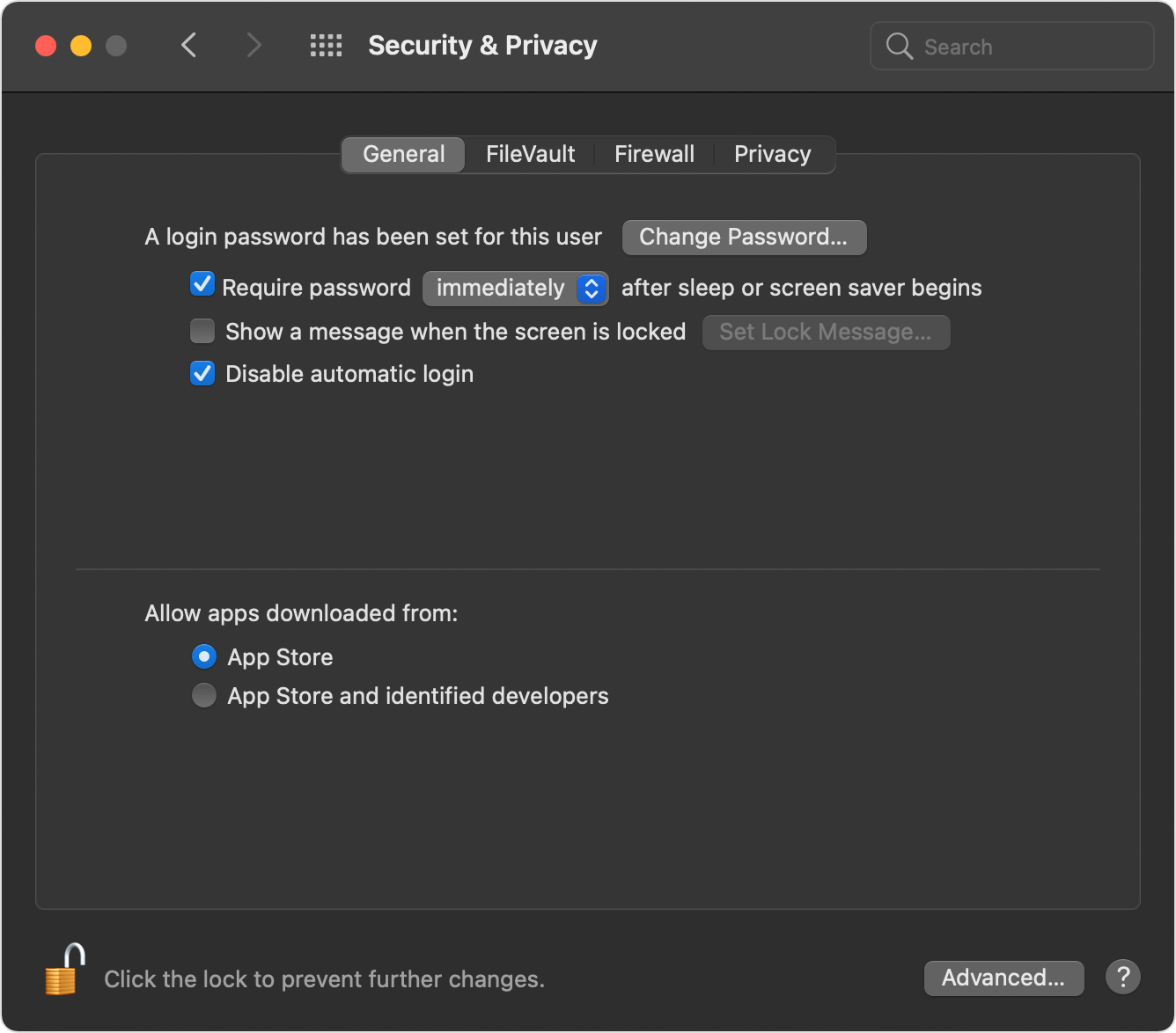This detailed guide will show you how to install, configure and use free software to scan your Mac for viruses, malware and spyware.
2021 Remove Malware, Adware, Spyware & Viruses Includes Mac Cleaner & Optimization Tools Compatible with Cross Platform Antivirus Pro. Try Antivirus Pro 2021 For Free Today. FREE Mac Antivirus & Internet Security 2021. Download Malwarebytes for Mac (the free version) and you get a 14-day trial of the premium version with automatic (real-time) virus and malware protection. After 14 days, your trial reverts to a limited disinfection scanner. Buy the premium version now to prevent infection in the first place.
Security Software for macOS

I’ll keep this introduction brief. Here’s how I feel about Mac security software –
If you have critical, can’t-live-without stuff on your Mac, it’s worth paying for security software. None of the free apps offer complete coverage. This guide uses the free version of Avast Security – which includes a full antivirus/malware scanner. However, the free version does not offer ransomware protection. Ransomware on a Mac is still quite rare, but it does happen, and if you regularly install software that doesn’t come from the Mac App Store the odds of being infected go up.
If you’re going to shell out your hard earned money, I would recommend Bitdefender Antivirus for Mac. It offers more features than Avast and it’s less expensive.
With all of that said – if what you’re looking to accomplish is to scan your Mac for viruses and malware, Avast (and this guide) is for you.
Installing & Setting Up Antivirus Software
- Installing and setting up Avast isn’t particularly complicated, it’s just a bit more involved than a regular “drag to the Applications folder” type of installation. Start by downloading the installer file. Once the download has completed, open the .DMG file and double-click Install Avast Security.pkg
- Click the Allow button when asked if program can be run to determine whether Avast will work on your Mac.
- If you’re using macOS Catalina or Big Sur, you’ll get a warning message about a System Extension being blocked. Click the Open Security Preferences button when you see that message.
- This will open the Security & Privacy section of the System Preferences. Click on the ‘lock’ icon in the bottom left corner and enter your password when prompted. Then, click the Allow button next to the System software message (see screenshot below).
- During the installation, you may be asked if you’d like to install Google Chrome. You do not need to install it, and can skip that step entirely.
- If you’re asked to allow Avast Security.app permission to access your Downloads folder, click the OK button.
- After you click “Next” a bunch of times, click the Close button on the last of the installation screens.
- With the installation complete, now it’s time to setup and configure Avast – which mostly consists of granting various permissions. To gets started, click the CONTINUE button.
- Click the OPEN CONFIRMATION DIALOG button.
- Click the ALLOW button.
- Confirm that it says DONE! above the CONTINUE button, and then click that same CONTINUE button.
- Avast needs to be able to access all the files on your Mac so that it can scan them, which means it needs to be granted full disk access. Click the OPEN SYSTEM PREFERENCES button.
- This time the Privacy & Security window will open up with the Privacy tab displayed. If it isn’t already selected, click Full Disk Access from the column of options on the left side of the window. Place a check in the box next to Avast Security
- A message will pop up letting you know that Avast won’t have those access permisions until it has been restarted, so click the Quit & Reopen button.
- Avast will close down and reopen itself. When it’s open again, you’ll probably see a big “This Mac is not fully protected” message. No problem. Click the Core Shields button.
- Toggle the File Shield switch from OFF to ON
- Confirm that all 3 “core shields” have been turned on, and then click the ‘back arrow’ located in the upper-left corner of the Avast window.
Check Your Mac for Viruses, Spyware & Malware
- Now let’s scan your Mac for viruses, malware and/or adware. Click the RUN SMART SCAN button now.
- Avast will do a quick check to make sure you have the very latest virus definitions installed and everything is completely up to date.
- Once it’s done, click the NEXT button.
- The actual scan can take a while – the length of time is determined by the number of files you have and the overall speed of your Mac. It’s probably a good time to go grab a cup of coffee or tea.
- With a bit of luck, hopefully nothing was found. If that’s the case, click the Next button. If Avast did identify something bad, follow the steps it suggests in order to remove any infected files.
- This part of the ‘scan’ is an upsell. Avast wants you to buy their software so you’re completely protected, but again – if you’re going to pay for security software, I recommend Bitdefender Antivirus for Mac over Avast.
Click the Skip for now link in the bottom-right corner of the Avast window.
- Click the Done button.
- There is one set of settings you may wish to change – click the Menu button in the top-right corner of the Avast window, and select Preferences from the list of options.
- Choose the Scans tab. The options you may wish to change (they’re disabled by default) are: Scan whole files, Scan all Time Machine backups, and Scan archives. Each of these items will increase the time it takes to scan your Mac, but the scan will be even more comprehensive. Just let it run overnight if time is a concern.
- That’s it! Your Mac is that much safer now :)
If this guide helped, be sure to check out our other Mac content.
While you may have heard that Macs don’t get viruses, this just isn’t true. Lately, it’s becoming more and more common for Macs to be affected by malware, as the potential payoff is generally larger than on PCs, and very few Macs have installed protection in place.
Maybe you’ve noticed that your Mac is running slower in the last little while, or you can hear its fan working overtime — all these could indicate a virus that has infiltrated your computer’s defenses and is running somewhere in the background.
Don’t panic yet! It could be that a virus is not as malicious as you think. Also, you can be sure to know how you get rid of it quickly and efficiently by the time you finish this article.
How to scan your Mac for viruses online?
The truth is there are lots of ads and websites that promise free online virus scan and removal for Mac. But most of them are ironically also affiliated with malware players trying to get into your Mac for their malicious purposes and make things even worse. There are a few ways to substitute online virus scan that macOS needs and protect your Mac so no malware can get in.
1. Update your software
As searching for “online virus scan Mac” doesn’t help much, the first thing to do to really protect your Mac is updated to the latest version of macOS as well as turn on auto-updates for all your apps. The latest versions of software include all the necessary security patches known to developers, so it’s a good starting place.
- Check the App Store for software updates and install them.
- In System Preferences > Software Update, check the box to “Automatically keep my Mac up to date.”
- Click Advanced and select all the options there.

2. Back up your Mac

Another precaution against viruses you can take is backing up your documents. For instance, you can use your Mac’s built-in Time Machine utility to save your backup to an external hard drive. That way, frequent backups will allow you to restore recent versions of your documents should they get deleted or encrypted by a virus.
- Connect an external hard drive.
- Go to System Preferences > Select Backup Disk and turn it on.
- Choose Back Up Automatically.
3. Turn on Mac’s built-in protection
If you’ve ever got a warning on your computer asking whether you’re sure you want to download something, you’ve seen File Quarantine in action. It lets you decline to download an item in case you don’t completely trust the source it’s coming from.
Another built-in utility Gatekeeper checks that there’s an electronic signature from an approved Mac supplier on any item you attempt to download. So making sure it’s turned on is a great way to protect yourself from downloading something malicious.
- Go to System Preferences > Security & Privacy.
- Under “Allow apps downloaded from,” ensure that “App Store and identified developers” or “App Store” and not “Anywhere” is selected.
- From macOS Mojave onwards, the “Anywhere” option is no longer available to increase security. That’s why updating your macOS is crucial.
4. Examine your Disk Utility
Navigating to Disk Utility will give you a sense of what’s taking up space on your hard drive. You can also click on First Aid to run a scan of the hard drive and repair any errors. Make a note of the types of things taking up space, especially if any category is unusually large — this would be a good one to target directly or to check on later to see if it became smaller through the measures you are undertaking.
Free Mac Malware Scanner
5. Clean up your hard drive
Unused apps, redundant copies of documents, and old media files — getting rid of these is likely to help with deleting any existing viruses and also free up space and speed up your Mac at the same time.
In general, cleaning up your computer will improve your day-to-day experience and ultimately mean you won’t have to buy a new one too soon, saving you money.
- Launch the Applications folder (Cmd + Shift + A).
- Go through the list and uninstall any programs you’re no longer using.
- Then check your Documents, Pictures, Movies, and Music folders for files you haven’t been using in a long time.
- Empty the Trash when you’re done.
Here is an ultimate tutorial on how to clean up your hard drive.
It’s easy to forget about keeping your files tidy (sort of like your apartment), so periodic cleanups are a must.
6. Check if your email has been compromised
You daily hear that millions of user emails have been leaked due to the careless policies of Facebook or other corporations. Could your account be one of those? The security expert Troy Hunt created a website that allows to see if your email has been hacked.
Check out this website https://haveibeenpwned.com/
You can even get a clue as to which company leaked your email.
7. Encrypt your Mac
Mac Virus Removal Free
It might come as a surprise but files on your Mac are easily readable to anyone who can gain unauthorized access. They will be able to read your documents, apps, messages, etc. To prevent this, you need to turn on Mac’s built-in encryption engine called FileVault.
- Go System Preferences > Security & Privacy.
- Turn On FileVault and wait for the encryption to finish. Done!
8. Protect and optimize your Mac in one click
If you have the time and are willing to be methodical about the cleanups you need to do and how often you need to do them — ideally once a month — you can go through the above checklist every time.
However, why not save some time and make sure you do it the right way. The truth is there is no online virus scan macOS would be happy about, but there definitely is some pro software like CleanMyMac X that can do it better. It’s fast, automatic, and vigilant — saving you time and doing a more thorough and complete job of taking care of your Mac than you can.
To scan your Mac for viruses:
- Grab a copy of CleanMyMac X (the free version is available here)
- Go to Malware Removal tool and click Scan.
- Wait for results and process as instructed.

Here's how the scanning process looks:
Once CleanMyMac X has finished the scanning process, it will show you all the found threats. These may include adware, spyware, viruses, cryptocurrency miners, and more. Some of these apps will try to sneak into your Launch Agents and other protected system folders. For such cases, CleanMyMac has a real-time monitor that detects any attempts for unauthorized access from malware apps.
After you finish scanning for malware, don’t forget to perform additional scans for Optimization, Maintenance, Junk, and an overall Smart Scan. In each case, CleanMyMac X takes care of all the tasks necessary to protect and optimize your Mac. Repeat the process every week or so and you are set.
CleanMyMac X is notarized by Apple which confirms its safe status for using on Mac computers.
You've just learned a few ways to check your Mac for viruses. Hopefully, they will encourage you to study the built-in protection layers of your Mac. In case you did find malware on your Mac, that's not the end of the world as we've shown you some antidotes you can try.
Stay tuned for more Mac tips!



